Over the last month, almost all capable organizations and educational institutions have sought the assistance of various video calling or conferencing software. While applications like Skype and Google Duo are fully capable of hosting small meetings, they don’t quite serve the purpose if the number of participants crosses 50. And that’s is where applications like Zoom come into play.
Zoom, like Microsoft Teams and Hangouts Meet, is a remote video conferencing platform. However, unlike the two applications mentioned above, Zoom doesn’t ask you to put down your credit card details right off the gate. A free — for basic users — and easy signup process, bunch of utility features, and fun backgrounds have allowed Zoom to emerge as one of the most used applications during the lockdown, leaving its more decorated competitors in the dust.
An application that uses video and audio is bound to consume a lot of data, which is a big problem for people required to stay under a monthly cap. Fortunately, through little tweaks, here and there, it’s possible to reduce data usage quite significantly. And today, we’ll tell you all about it.
RELATED: How to fix virtual camera not working problem on Zoom
How much data does Zoom consume?
Zoom, which has become a part of our daily routine these days, for better or worse. It allows us to connect to our friends and colleagues in a heartbeat and keep the operations running as smoothly as possible.
However, since it’s a video conferencing application, it’s a little hard on people with limited data plans and slower connections. In this section, we’ll take a look at exactly how much data Zoom consumes during a 1:1 or group video call.
Related: How to present on Zoom?
1:1 calling
As you may have guessed, 1:1 calling is a little more economical than group calls, simply due to the fact that Zoom isn’t forced to handle so many jumping thumbnails and their distinct audio output.
For 1:1 calling in high settings, Zoom requires a 600kbps connection. Over the course of an hour, it’d consume approximately 270MB of data for download and 270MB for upload. So, in an hour, you’d be spending around 540MB of data on a “high” quality Zoom call.
If you’re into 720P calling, you’ll have to keep a lot of headroom — almost twice. Over an hour, a 720P Zoom call could consume 1.08GB of data — 540MB upload and 540MB download.
Finally, the highest quality, Full HD, would hurt your data balance the most. A 1080P video call on Zoom could consume up to 1.62GB per hour — 810MB upload and 810MB download.
So, an hour of 1:1 Zoom call could set you back anywhere between 540MB and 1.62GB. For a healthy balance of quality and economy, we recommend 720P video calling on Zoom.
Related: Awesome Halloween Zoom Backgrounds To Download
Group calling
Group calling is the most resource-hungry feature on Zoom. As the number of participants increase, your data consumption also shoots through the roof.
Unlike 1:1 calling, a “high” quality group call on Zoom requires download/upload speeds of up to 1mbps/800kbps. Translating those speeds to rough numbers, you’re looking at around 360MB of upload and 450MB of download per hour, bringing the total to 810MB.
Zoom requires 1.5mbps download and upload speeds for 720P calling or Gallery View. This would take your hourly consumption to 1.35GB/hour — split evenly between download and upload.
Finally, we have 1080P, Full HD video calls. Since it’s pretty much unnecessary to host Full HD conference calls, we hope you’d be able to steer clear of this one. Still, if you’re curious, a Full HD video call on Zoom would consume a total of 2.4GB per hour — 1.2GB of download and 1.2GB of download.
Related: What Does Pin Video on Zoom Mean? Do They Know If You Pin a Video?
Screen sharing
Screen sharing is another important aspect of Zoom, but it’s hardly as resource hungry as the other two. Without any video thumbnail, screen sharing demands only up to 75kbps. With it, you’ll need around 150kbps — 1/4th of a high-quality Zoom call.
Webinar
Zoom webinars have also become quite a thing since the start of the pandemic. Here’s what you need to know about webinar data consumption.
For 1:1 webinars, the required download speeds are 600kbps and 1.2mbps for high quality and 720P streaming, respectively. So, in an hour, you’ll lose 270MB on a high-quality Zoom seminar and 540MB on 720P. Webinars don’t support 1080P streaming yet.
Zoom voice calls
Zoom also supports high-quality voice calling. A VOIP call over Zoom Phone consumes anywhere between 80kbps to 100kbps.
Related: How to use Zoom Filters
How to save data on a Zoom meeting?
Well, here are various ways to make your mobile data last for a long time on Zoom video calls, which is especially helpful when you have got a bunch of games to play.
Turn off video and microphone
As you might have guessed already, the video feed and microphone are the most data-consuming components of Zoom. So, unless required, try hosting your meetings without video. That way, you’ll save a chunk of data and won’t experience lag or stutters while in a meeting.
Zoom allows you to start a meeting without the video feed. Simply go to Zoom’s official portal, hover your mouse over to ‘Host a Meeting‘ and click on ‘With video off.’
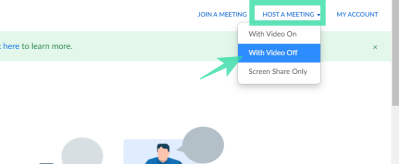
You can also turn off your video feed during a meeting. Click on the ‘Stop Video’ button — the second button from left — to do so.
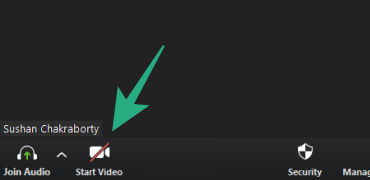
Similarly, you could turn off the microphone when you’re not required to speak. While in a meeting, click on the Mute audio button on the bottom-left corner of the screen.
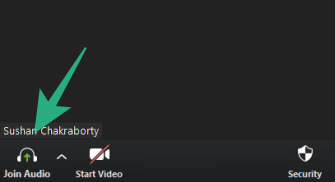
Uncheck HD video
Being able to video chat in HD is everyone’s perfect dream. However, for people trying to curb data usage, it’s nothing short of a messy nightmare. Depending on your hardware or internet connection, HD video might already be turned off, by default. To double-check, open the Zoom desktop client, go to Settings, navigate to the ‘Video‘ tab, and uncheck ‘Enable HD‘.
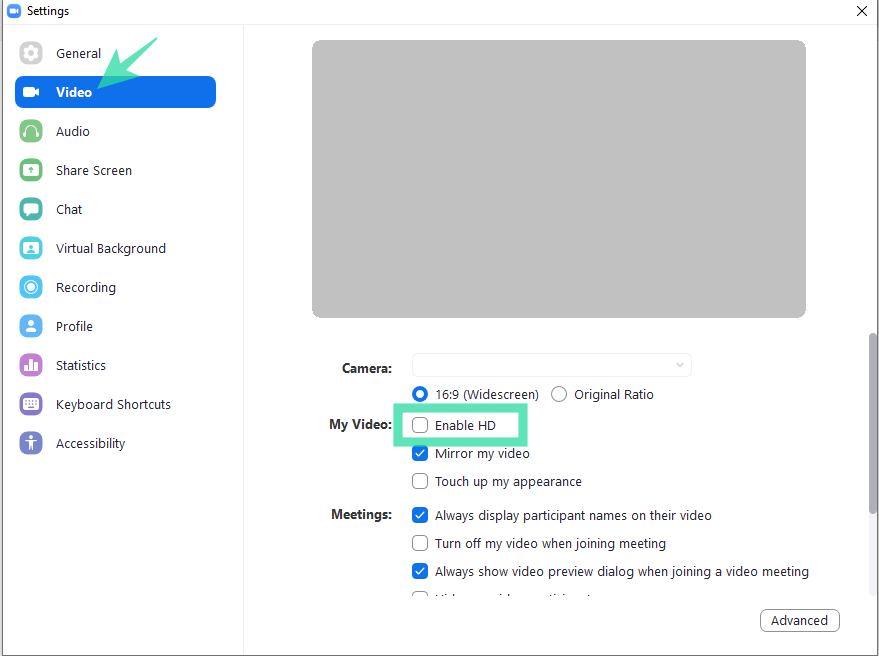
Related: How to Watch Netflix on Zoom With Your SO and Friends
Screen Share only when absolutely necessary
Zoom allows you to share your desktop screen, aiding seamless collaboration. And while we can’t refute the utility of the feature, we must also acknowledge the toll it takes on your data balance. So, unless essential, steer clear of sharing your screen.
And as soon as the purpose is served, remember to click on the Screen Share button, right in the middle of your Zoom Meeting screen, and turn it off.
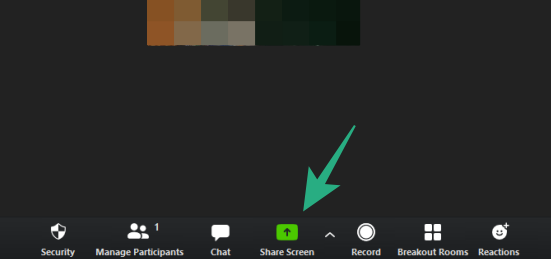
Additionally, try to use online collaborative tools, such as Google Docs, Microsoft Word Online, and the likes to limit screen sharing.













Discussion